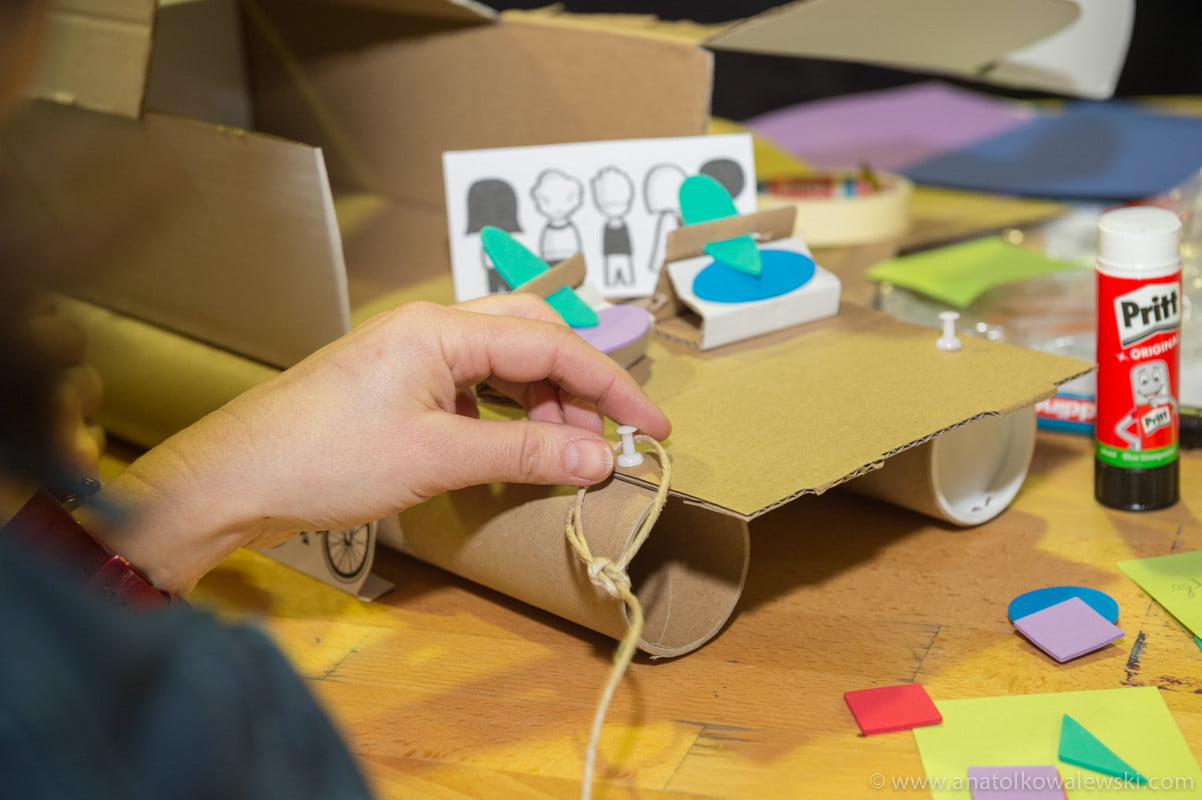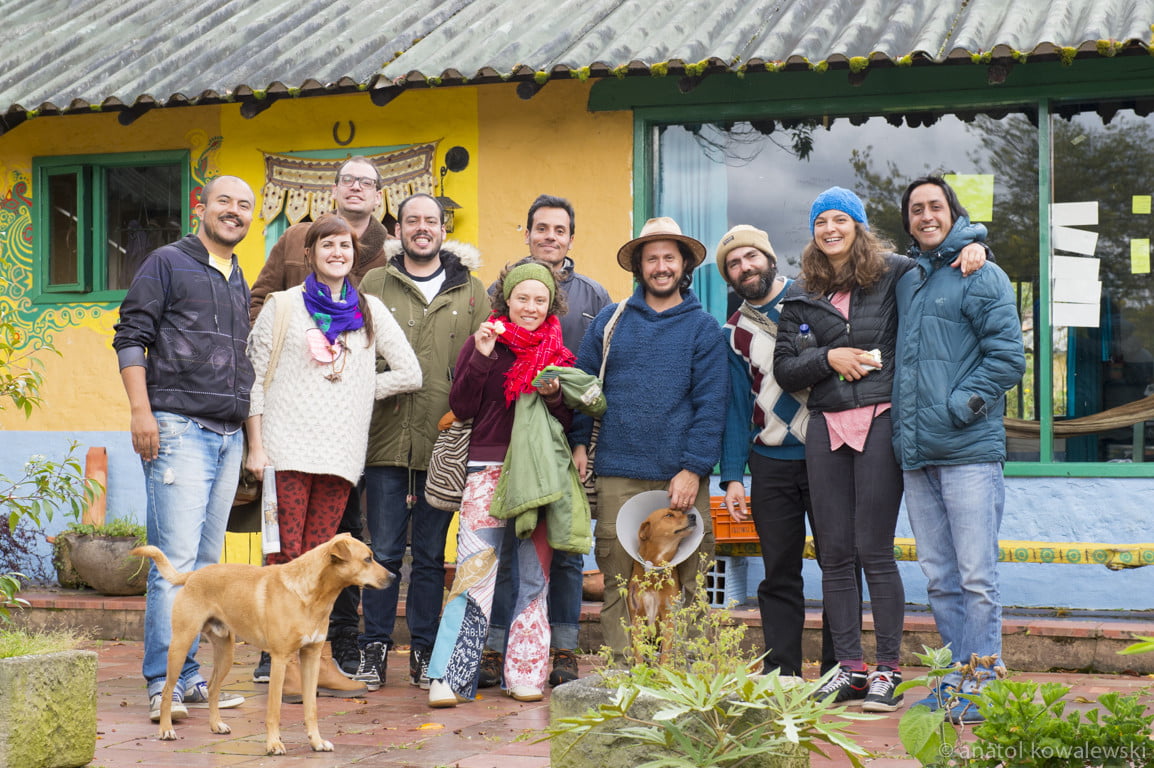The first part of our interview with Daniela Marzavan, a ‘pracademic’: practitioner and academic in the field of Innovation and Design Thinking.
Chapter 1 | Design Thinking and Stakeholder Dialogues
Hello Daniela, it’s great to meet you! Can you tell me about the work you are doing currently – as a lecturer, researcher, practitioner, and entrepreneur?
Yes! I’m wearing many hats, and the beauty of it is that these different roles cross-pollinate each other.
As a consultant in innovation and design thinking with companies, I can always bring up the newest knowledge from my research community which is management, organization and design studies. I find this very enriching, and I think it’s a unique perspective to have, to not solely be a consultant – but rather, when I see that there is a need or thirst to go deeper in some of the concepts or theories that we are applying with corporate clients, I can easily switch to the next hat and give a 20-minute lecture.
On the one hand, it’s enriching for the client because there is a huge knowledge thirst on their side, but they have so many meetings and their calendars are packed that they barely have time to read an article for two or three hours in one piece. And as an academic, I have this huge privilege to carve out time to think and to read – and to convey my thinking and my reading into words. That’s a very slow process which has nothing to do with the fast-paced world of companies, entrepreneurship and the economy.
As a consultant for corporate or public innovation, I design processes and I design complex, multi-stakeholder dialogues that sometimes require mediation, empathy, or bringing the right people to the table. For that, I borrow a lot of methods and tools from design thinking, as well as approaches from performative arts to make people get out of their ego.
Additionally, I borrow approaches from prototyping where I have the people build something with their hands.

As a researcher, I’m now in the process of defending my PhD which I wrote part-time for the last six years. Having two small children in the meantime meant that I was never full-time except for some months in a row. Ultimately, this was very positive because I had time to digest all this knowledge. Since at my core, I’m an entrepreneur, I always want to get things done and I don’t like to overthink.
That is why this was perhaps the most important lesson of my life: that deep knowledge and research take time, and you cannot leapfrog steps.
So, I think we need more empathy towards the academic work and the slow pace of it.
And as a guest lecturer, this past year I taught at IADE University for design, tech, and communication in Lisbon where I’m based. I also teach at Kristiania University College in Oslo, in the executive MBA at ESCP Business School Berlin, at the University of Bucharest and was advising on the evaluation of Master Thesis at HSLU Luzern in Switzerland. This is a very privileged pan-European view on design teaching and exciting. I get to work with people who are ten-fifteen years younger, and there are a lot of events that have happened in the past which have shaped my thinking.
But for these younger people, they don’t even know about them in detail. The Lehman Brother Crisis-no idea. The Fukushima disaster-what was that? They were kids back then, how would they remember? How would they be able to make these connections? So, it’s super interesting to be connected with this generation Z and to understand that they don’t have all the shared experiences that my generation has and tap into current crises with different expectations.
And also, to understand how they see the world without the biases that my generation has, because experiences bias you and make you see the world in a certain way.
As an entrepreneur, the last thing I did with a friend was build an app, which is not launched and not making millions, but we made it to the minimum viable product. We also got funding and incubation support and we won a price in a hackathon as the most innovative idea. So, being a full-time entrepreneur and bringing these things to market, it takes 100% dedication.
This app is called THM (The Health Manager) and is basically putting 1,000 research papers in the health manager’s pocket. Investors are welcome to reach out!
Can you briefly define what Design Thinking is, for those that are not familiar with it?
I can try to, but I will disclaim that trying to define it for my PhD for instance took many months and many pages of definitions, but I can try to give you a sense. So, first of all, design thinking is something you have to experience to really understand.
Design thinking is bringing an idea from your head, through your heart, to your hand into something tangible.
This process includes a lot of self-knowledge, knowledge of the client, the stakeholders, materials, and products. Maybe this could be the easiest understanding of it.
Then, of course it’s a way of thinking, so you can say it’s the way designers think. And designers, historically, they think in failure and trial. They do a draft or a prototype, they test it, they work and experiment – fast, early and cheap.
Ideally, designers work in interdisciplinary groups. You have to work with the engineers, the businesspeople – meaning different languages and different disciplines. Designers are also the facilitators of that dialogue: design could be regarded as the glue between disciplines and design thinking is thinking like a designer.
Design thinking also can refer to designing your thinking, it’s a process that redesigns, changes and challenges your thinking.
So, to me, it’s a very powerful way to bring people to dare to change. That’s also why my company is called Change Darer, because actually, what we do is daring people to change, to be provocative or to think with their hands, or to fail and succeed. And then, you can look up the definition and there will be some popular explanations.
When I teach design thinking in lectures at universities, I start every workshop with saying that after this, they may not call themselves design thinkers. They will get little appetizers and get a bit acquainted, but then they need to go and apply it, try it out, follow practitioners, sit in the workshops, take notes.
The only way to really grasp it is by doing it yourself and connecting it to whatever your core education is. Because another thing is that most design thinkers are not educated as designers, me included. I’m a political scientist, majored in psychology and gender studies. I’m very aware of my lens: I have a social science lens on design thinking. But also, I am a former actress and performative arts person, so it’s good to understand your unique approach to design thinking.
For the people that have dedicated their whole career to design, they should be proud of the power and flexibility of their discipline, and they should also be a bit louder about their craft. Another thing is that mutual respect for each other is the key, and I think it’s also the key to sustainability, which is such a complex topic.
So, you cannot have one expert of sustainability, but you can have one moderator of the conversation.
And that’s what we should teach our design students much more, to have this self-confidence about their discipline.

Stay tuned for the last part of this interview on Komoneed!






interesting article! I have heard a lot about design thinking, it’s great to learn more about it.. also from a sensible standpoint – I too often heard about design thinking as a buzz word without enough context or application
Yes! So interesting and useful… You may read -it’s good for beginning- Peter Senge’s Fifth Discipline… an old book defining System Thinking which is the conceptual starting point of Design Thinking
I can’t wait for part 2!! Nice article, and cool definitions of design thinking.
Now, it’s online! You may read the 2nd chapter: Daring to Change with Daniela Marzavan
so fascinating to wear this many hats, that’s what I aspire to do as well! keeps everything very interesting probably
At my company there was talk of doing a design thinking workshop, it’s nice to now read this interview and maybe I can steer a bit the conversation at work to contribute.
That’s fantastic!… Probably, the big challenge is to practically answer how to change your habits to become more sustainable alying design thinking… Don’t you think?
The app Daniela mentioned sounds super interesting! I can definitely see the value in that. Any tips for wannabe entrepreneurs?
You may find interesting entrepreneur tips throughout our interviews
I like thhe idea of challenging your thinking that’s really cool and important. For design thinking, I would love to “get started” with it, but I’m not sure how. I will follow your advice, Daniela, and start following practitioners etc., but I wonder if an online course or something similar might still make sense as a start?
this interview sounds interesting! Im curious to know how Design Thinking can benefit entrepreneurship.
Design Thinking can greatly benefit entrepreneurship by fostering innovation, problem-solving, and customer-centricity. It encourages businesses to empathize with their users, identify their needs, and create solutions that truly add value. Its a powerful approach that can drive success in todays competitive landscape.
I really enjoyed reading about the deep meaning of design thinking and stakeholder dialogues. Cant wait for the last part of the interview!
Im not sure about the deep meaning of design thinking. Can anyone explain it to me? #confused
I really enjoyed reading this article! Its fascinating to learn about the deep meaning behind design thinking and stakeholder dialogues. Cant wait for the last part of the interview on Komoneed!